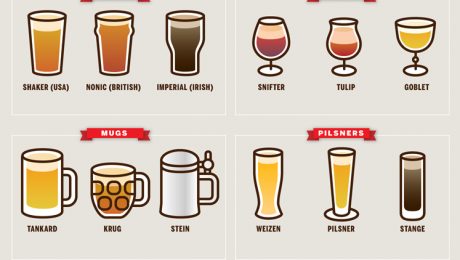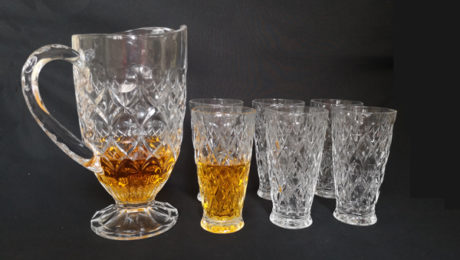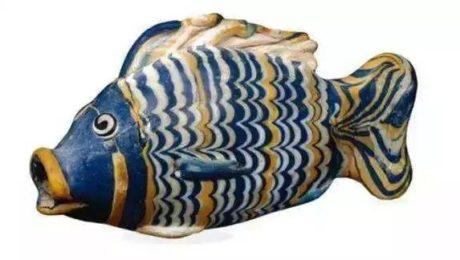Borosilicate Glass Chemical Compatibility
Borosilicate Glass Chemical Compatibility
The borosilicate glass has good fire resistance and high physical strength. Compared with the general glass, it has no toxic and side effects, and its mechanical properties, thermal stability, water resistance, alkali resistance and acid resistance are greatly improved. Therefore, it can be widely used in various fields such as chemical industry, aerospace, military, family, hospital, etc. It can be made into lamps, tableware, standard plates, telescope tablets, washing machine observation holes, microwave oven plates, solar water heaters, etc., with good promotion value and social benefits.
Borosilicate glass is an important material for the manufacture of high-endurance glass instruments such as beakers and test tubes. Of course, its application is far more than this, other applications such as vacuum tubes, aquarium heaters, flashlight lenses, professional lighters, pipes, glass ball art, high-quality beverage glassware, solar heat utilization vacuum tubes, etc. It has also been applied in the aerospace field. For example, the space shuttle’s thermal insulation tiles are also coated with high borosilicate glass.
-1.jpg)
Characteristic
The borosilicate glass has a very low coefficient of thermal expansion, which is only about one third of that of ordinary glass. This will reduce the effects of temperature gradient stress and thus have stronger fracture resistance. Due to its very small shape deviation, it has been an indispensable material in telescopes and mirrors, and it can also be used to treat highly radioactive nuclear waste. Even if the temperature suddenly changes, the borosilicate glass is not easily broken. When broken, the borosilicate glass will have large cracks instead of being pulverized into particles. At the same time, borosilicate glass also has low dispersion and a relatively low refractive index.
Borosilicate Glass Chemical Compatibility: the linear expansion coefficient of borosilicate glass G3.3 is (3.3 ± 0.1) × 10-6 / K, which is based on sodium oxide (Na2O), boron oxide (B2O3), and silicon dioxide (SIO2). Kind of glass. The glass component has a high content of borosilicate, which is boron: (12.5 to 13.5)%, and silicon(78 to 80)%.
-1.jpg)
The specific physical and chemical properties of G3.3 borosilicate glass are as follows:
| Silicon | More than 80 % |
| Strain temperature | 520 ℃ |
| Annealing temperature | 560 ℃ |
| Softening temperature | 820 ℃ |
| Refractive index | 1.47 |
| Light transmittance (2 mm) | 92 % |
| Modulus of elasticity | 76KNmm – 2 |
| Tensile strength | 40- 120Nmm – 2 |
| Glass stress optical constant | 3.8 * 10-6 square mm / no |
| Processing temperature (104dpas) | 1220 ℃ |
| Linear expansion coefficient (20-300 °C) | 3.3 * 10-6 K – 1 |
| Density (20 °C) | 2.23gcm – 1 |
| Specific heat | 0.9jg – 1K- 1 |
| Thermal conductivity | 1.2Wm – 1K- 1 |
| Water resistance (International Organization for Standardization 719) | Level 1 |
| Acid resistance (International Organization for Standardization 195) | Level 1 |
| Alkali resistance (International Organization for Standardization 695) | Level 2 |
.jpg)
Living products
Because borosilicate glass has a very low coefficient of thermal expansion and high temperature resistance, it is a halogen lamp reflective heat-resistant lampshade, microwave oven-specific glass turntable, microwave oven lampshade, stage light reflector cup, drum washing machine observation window, heat-resistant teapot cup Important materials such as solar collector tubes.
.jpg)
Media Contact:
Ella
ella@boomingglassware.com
- Published in Blog
Do you know which champagne glass can make the most beautiful side of the more than 2 million bubbles in a glass of champagne?
Do you know which champagne glass can make the most beautiful side of the more than 2 million bubbles in a glass of champagne?
The earliest people used silver goblets decorated with dyed carvings to drink champagne, but it did not have any reinforcing effect on the wine in the cup.In the year of 1705, British talents discovered a slender narrow-necked glass that would miraculously improve the taste of sparkling wine. In the middle of the 19th century, this flute-shaped cup (flûte, also known as the slender champagne glass) began to challenge the shot, stout glass made by the famous Belgian crystal glassware manufacturer Val Saint Lambert.
.jpg)
What is the shot, stout glass made by the famous manufacturer?
This wide-mouthed goblet, inherited the style of the medieval goblet, quickly won the favor of the middle class and other intoxicating parties. There is a legend that it was the lady of Louis XV’s mistress, Madame de Pompadour, or Marie Antoinette, the queen of Louis XVI, who made the original champagne glass in the shape of her breast. Despite this noble origin, it is actually the least used champagne glass today. Until now, at some weddings, I can see the cups of mountains filled with this wide-mouth champagne glass, and pour the champagne from the top until it fills all the cups. Despite being a symbol of joy, the wide-mouth champagne glass fell out of favor during the two world wars of the 20th century, as it was said that this cup shape shortened the time the bubbles remained and the aroma was quickly lost. Then the wide-mouth cup was slowly moved to the back row of the storage cabinet, becoming the over-the-top artifact left over from the previous generation, and was only used as a fruit cup.

The 150 ml capacity flute cup is replaced by a narrow cup shape that helps the bubble rise slowly and slowly, while also allow the champagne aroma to concentrate effectively. Even in the eyes of the most professional connoisseurs, the flute cup is impeccable in enhancing the experience of champagne. Its shortcomings are easy to break, as a 19th-century author wrote, “it is as fragile as the Paris Opera dancers.”

But the flute-shaped cup seems to be less fashionable because it has been used for too long. Over the years, people have been preparing some new styles for tasting champagne. The new cup is more functional, easier to clean, and as friendly as champagne bubbles and foam in the cup.
.jpg)
.jpg)
.jpg)
.jpg)
Media Contact:
Ella
ella@boomingglassware.com
www.boomingglassware.com
- Published in Blog
Soda Lime Glass VS Borosilicate Glass
Why some glasses will break when pouring into boiled water?
Soda lime glass and borosilicate glass contains different materials. The main difference is composition, performance, appearance, density and resistance to cold and heat.
- Composition is different: The composition of soda lime glass is mainly silicon, sodium and calcium; the composition of borosilicate glass is mainly silicon and boron.
- Different performance: Generally, many properties of soda-lime glass are not as good as borosilicate glass. The borosilicate glass material is hard and difficult of molding. There are also some molding defects on the product, such as cold grain, material printing and scissors printing etc.
- The appearance is different: From appearance, borosilicate glass is a little green, soda lime is clearer.
- The density is different: Generally, the density of borosilicate glass is smaller than that of soda-lime glass, which can be compared by buoyancy density.
- Different resistance to cold and heat: borosilicate glass is more resistant to cold and heat shock than soda lime glass (except for tempering glass), borosilicate glass thermal shock is generally between 100 degrees and 200 degrees, soda lime glass (except for tempering) at about 80 degrees, that is, in the winter, when poured into water, the container of soda lime glass (except for tempering glass) may crack, but borosilicate glass will surely not.
-1.jpg)
-.jpg)
- Media Contact:
Ella Tang
Email: ella@boommachinery.cn
www.boomingglassware.com
- Published in Blog
Do You Know The Different Type Of Beer Glasses?
Different types of wine require different shapes of wine glasses, and beer is the same. The shape of the glass affects the flavor and color of the wine, so choosing the right glass is a key part of drinking.
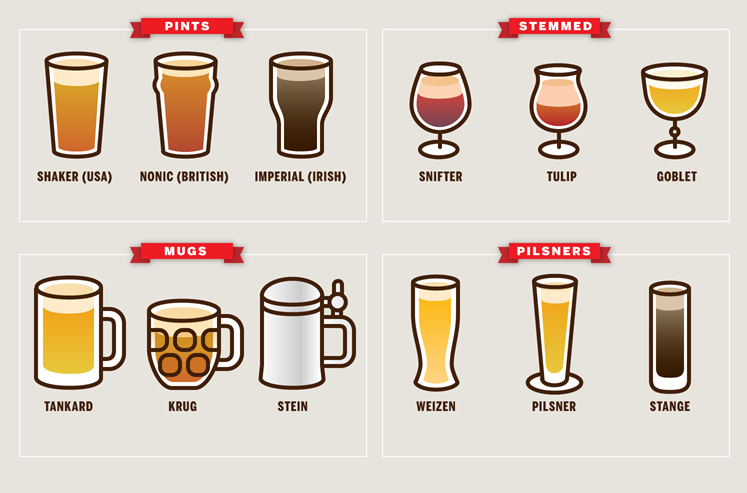
Pint glass in the US also called a “shaker pint”, because the glass can also be used as one part of the Boston Shaker. Usually the size is 16oz. “Nonic” pint glass is popular in the United Kingdom.
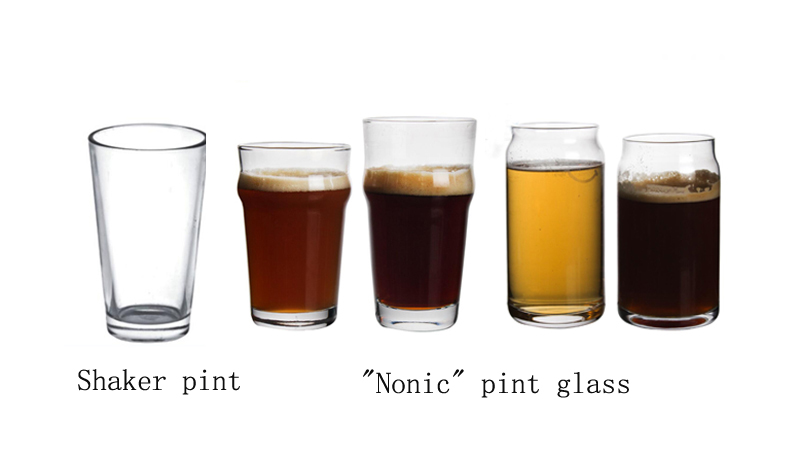
Snifter is also called brandy snifter, brandy bowl or cognac glass, serving spirits such as bourbon, brandy and whisky. Tulip glass has a similar shape of brandy snifter, serving for mainly aromatic beers.
.jpg)
Brandy Snifter
.jpg)
Tulip glass
Beer mugs or jug glasses are shaped like a large mug with a handle. This sort of glass is known due to the handle on the glass and its thickness.
-.jpg)
Pilsner glasses are used for many types of light beers. Pilsners are some been mistakenly called as Weizen glasses because of their similar appearance.
.jpg)
.jpg)
It is made of borosilicate glass by hand blown technology.
-1.jpg)
Media Contact:
Ella Tang
Email: ella@boommachinery.cn
www.boomingglassware.com
- Published in Blog
Specially Design For Whiskey Wine
As George Bernard Shaw said, whisky is the flow of sunshine. A good glass of whisky is perfect with ice. Today we share a clever glass designed for whisky.

Lead-free crystal cigar whiskey glass types
It is made of lead-free crystal material by hand-blowing technology. There is a room at the rim for the cigar.
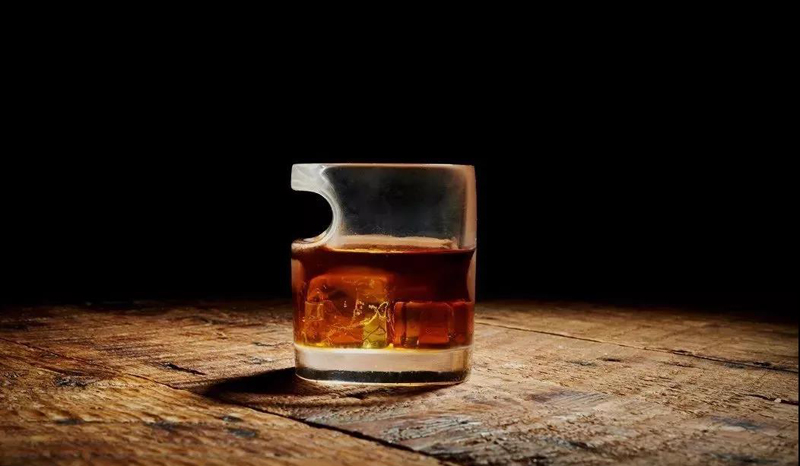 whiskey in a wine glass
whiskey in a wine glass
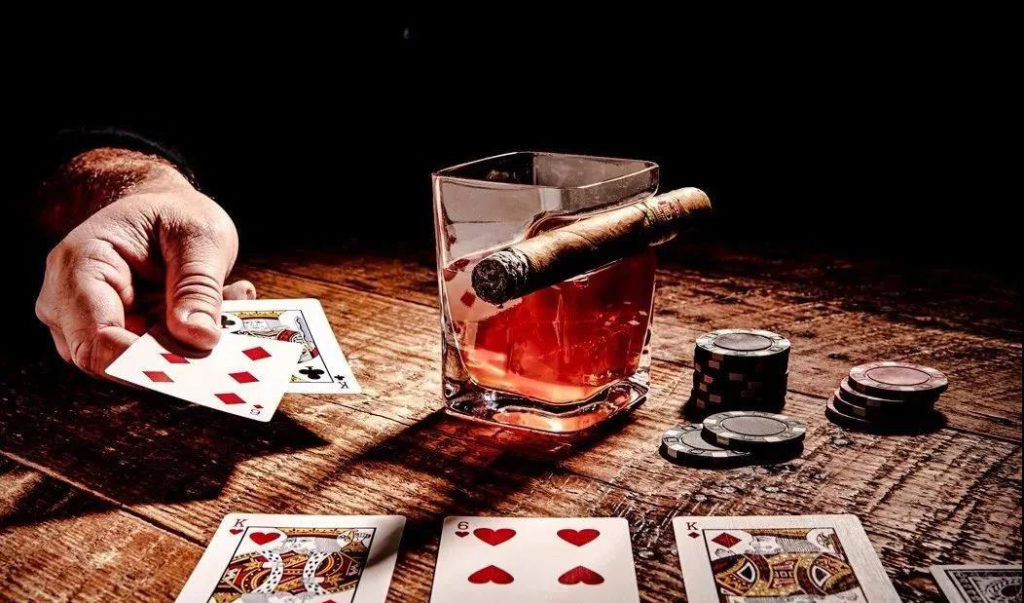
best glass for irish whiskey

custom your own whiskey glass
It works very simply by adding water to glass, inserting in into a mold, and freezing it. When ice is formed, it will automatically beak into pieces, while whiskey can be poured from the other side.
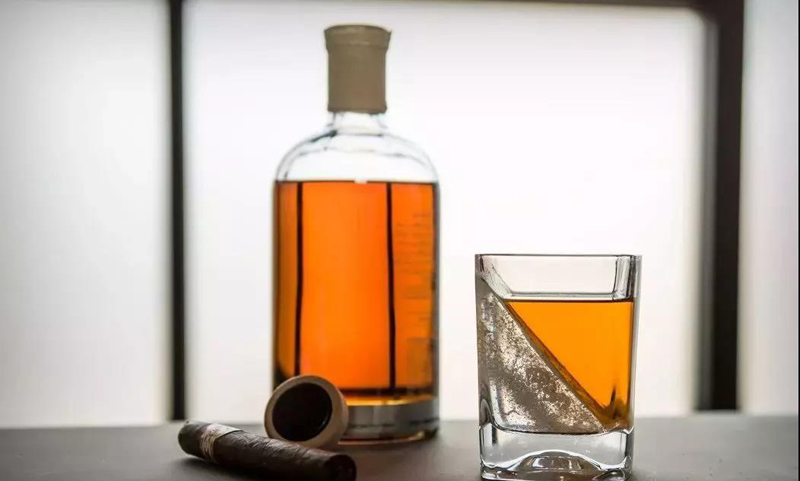
whiskey ice glass
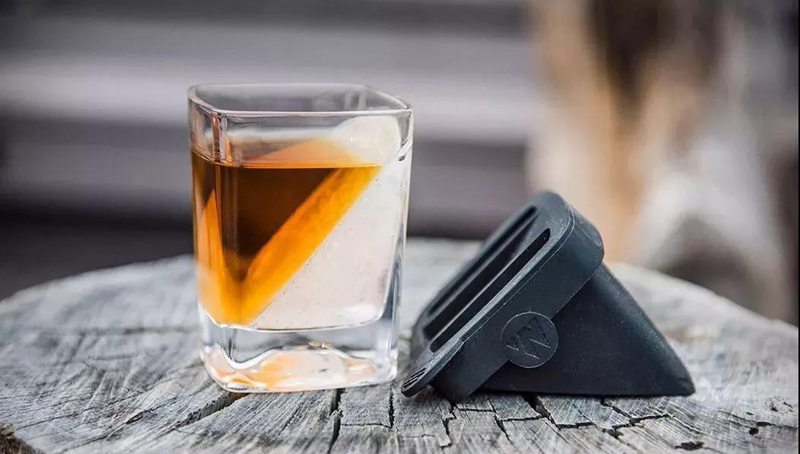

personalised gifts whiskey glass
Except for this cigar design, we can still custom your own special design.
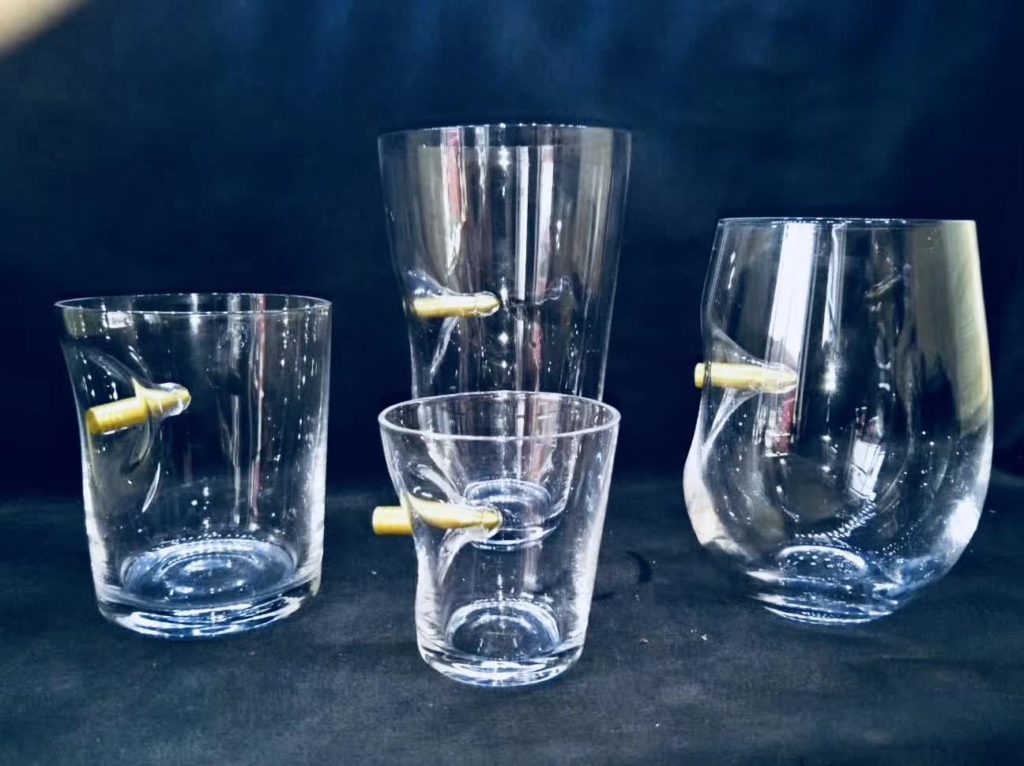
Lead-free crystal bullet whiskey glass
BMGLASS
As one of professional glass products supplier in China, BMGLASS has 8 years of experience in manufacturing and exporting. We can supply you the soda-lime glass cups and bottles, lead-free crystal glasses and borosilicate glass cups by technology hand-blowing, machine-blowing and machine-pressed. All our material can pass FDA and SGS test.
Media Contact:
Ella Tang
Email: ella@boomingglassware.com
www.boomingglassware.com
- Published in Blog
About Glass And Technology
It is not only the material that decides the choice.
The quality of raw materials is important, but it is the processing technology that really determines whether it is a “commodity” or an “artwork”. Ordinary glass will soften at about 600℃, and crystal glass with lead will soften at a lower temperature. The softened glass can be molded into various shapes, which gives the glass products unlimited space to play.
By modern technology, most glasses are machine made glass and hand-blowing glass.
The cup produced by the machine has more defects such as bubbles, uneven bottom, uniform thickness and dense lines, but with production ability of over 2,0000 pcs a day, this technology is much suitable for promotion glasses and daily use glasses
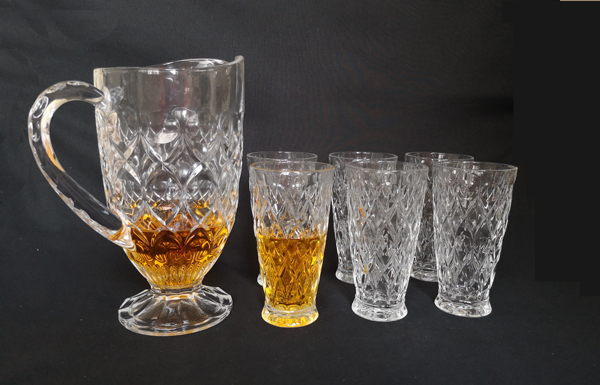
Machine made- machine-pressed drinking glass sets

Machine made- Machine-blowing brandy glasses
Some high-end brands insist on hand-blowing technology, though most of these are expensive. Good glasses have a uniform thickness (the thinner the better), no bubbles, a uniform thickness at the bottom and a crystal-clear body.
By hand-blowing glass cups, people like choose the eco-friendly lead-free crystal material. Because of thick body and big volume, lead-free crystal cups of high grade can give out the soft and long sound similar “ancient bell” when knocking. It can let a person feel even “buying a cup to listen to such beautiful sound is quietly good also”.
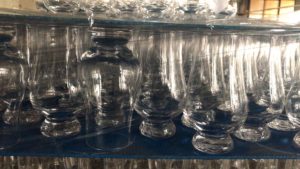
Hand-blowing- Lead-free crystal glasses
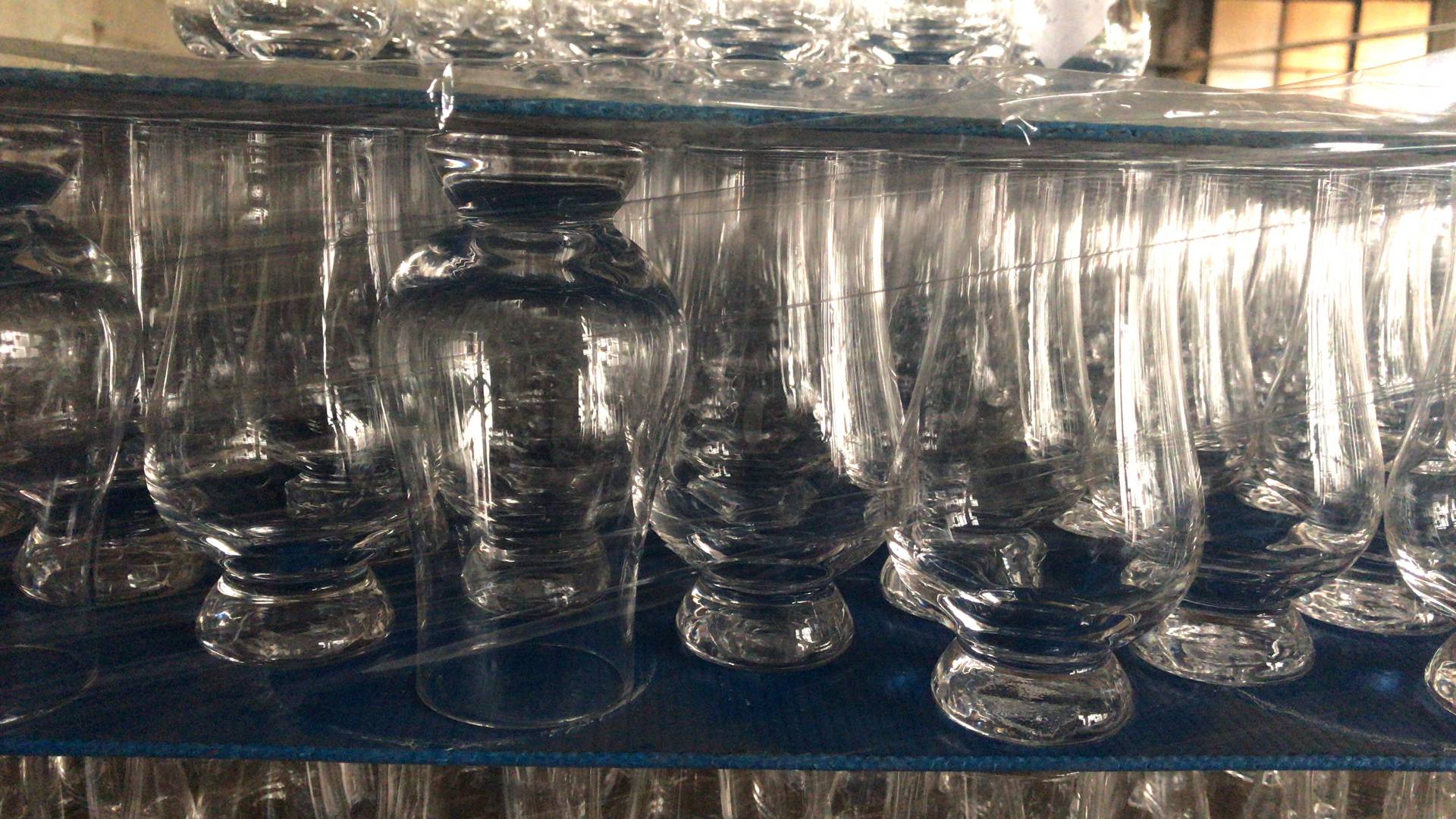
Hand-blowing – Lead-free crystal whisky glasses
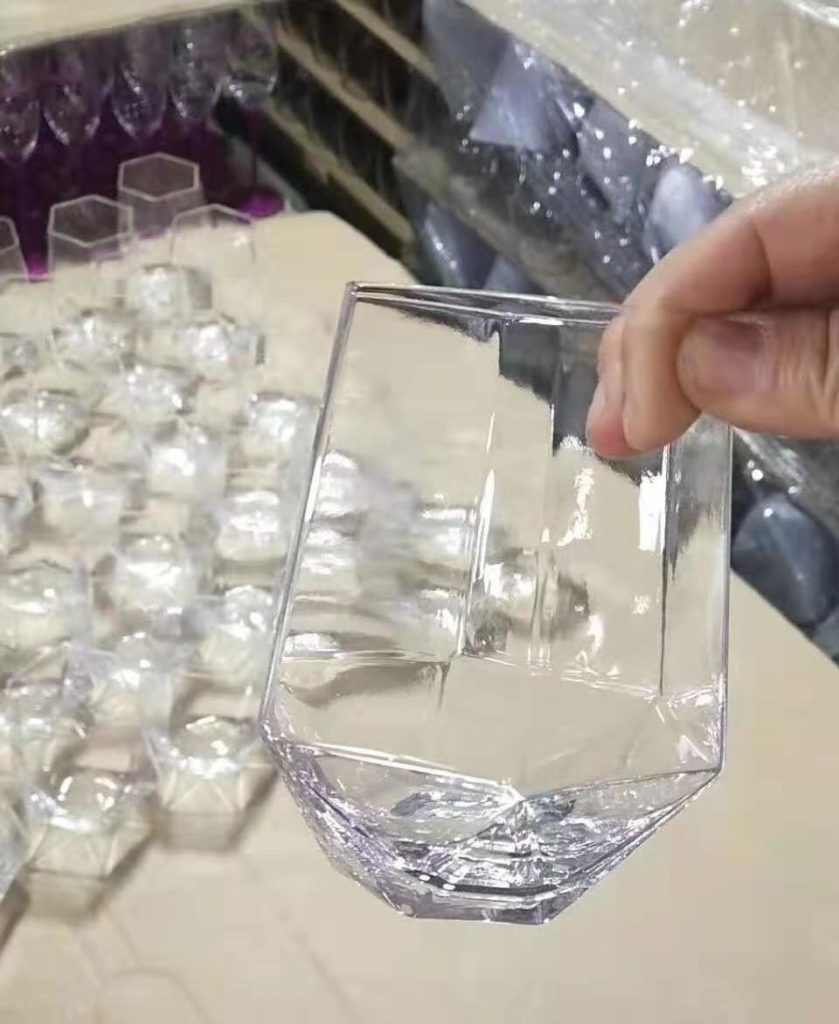
Hand-blowing-Diamond whisky glasses
About BMGLASS
As one of professional glass products supplier in China, BMGLASS has 8 years of experience in manufacturing and exporting. We can supply you the soda-lime glass cups and bottles, lead-free crystal glasses and borosilicate glass cups by technology hand-blowing and machine made(machine-blowing and machine-pressed). All our material can pass FDA and SGS test.
Media Contact:
Ella Tang
Email: ella@boommachinery.cn
www.boomingglassware.com
- Published in Blog
How To Buy A Glass From Material
Generally, glass cups and bottles has only one material, namely Glass. This hard, transparent, and seemingly unnatural product was actually made in ancient Egypt 4,000 years ago.

Ancient Egypt Glass
Glass is not only beautiful and easy to model, it is more resistant to high temperature, low temperature, corrosion resistance, non-toxic and harmless. Even bacteria and parasites are not easy to survive on its. In modern times, we divide Glass material into below three types, soda-lime glass, borosilicate glasss and lead-free crystal glass.
First,Soda-lime Glass. Soda-lime glass cups are cheap, but sometimes have a lot of impurities, like bubbles, scratch, mold mark etc.

Soda-lime glass cups
With the development of technology, a material called borosilicate glass (hard glass) was developed. The glass cups are brighter and more resistant to high and low temperatures, more importantly, it has a smaller coefficient of thermal expansion, which means it is less likely to explode.
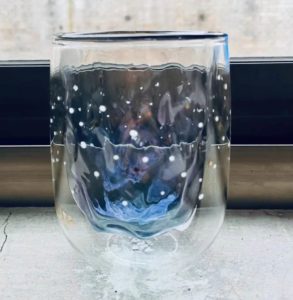
Borosilicate glass
People always hope to find more crystal-clear glass; therefore, a texture can be comparable to crystal glass – crystal glass appeared.
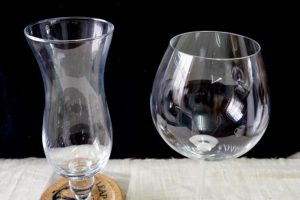
Soda-lime glass (Left) and crystal glass (right)
Crystal glass is not crystal, and has a crystal luster of real glass. The secret of this glass is the addition of lead oxide. With the addition of lead oxide, the glass is more textured, clear and bright, and the sound of percussion is very pleasant. But as the lead content increases, the glass becomes softer and more abrasive. As a result, lead content is generally less than 40 percent. The famous Swarovski “artificial crystal” is actually this kind of lead crystal glass.
Is this glass harmful to the human body?
Although glass contains a high amount of lead, when used in drinks, the lead does not dissolve into the drink in large quantities, so the amount consumed is far from harmful to the body. You can use it safely. In addition, this kind of lead crystal glass costs a lot of money and is basically used in high-end cups. The mass-produced cups on the market are mainly borosilicate glass.
Is there any better glass?
Of course, since leaded glass doesn’t sound very friendly (though it’s not toxic), and lead oxide is not very green, someone tried to replace lead oxide with barium oxide, zinc oxide, and so on, and “lead-free crystal glass” appeared. The glass has the properties of crystal glass and is environmentally friendly. However, the luster of lead-free crystal glass is actually a little less than that of lead-based glass, but it is transparent enough.

Lead-free crystal glass
About BMGLASS
As one of professional glass products supplier in China, BMGLASS has 8 years of experience in manufacturing and exporting. We can supply you the soda-lime glass cups and bottles, lead-free crystal glasses and borosilicate glass cups. All our material can pass FDA and SGS test.
Media Contact:
Ella Tang
Email: ella@boommachinery.cn
www.boomingglassware.com
- Published in Blog

-1-460x260_c.jpg)
-460x260_c.jpg)
--460x260_c.jpg)
-1.jpg)
